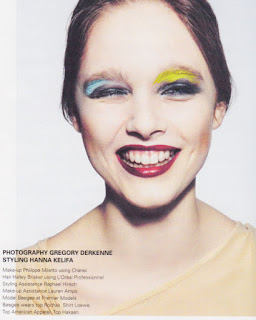Websites
- AnOther, 2013, 20 Things You Should Know About David Bailey [viewed on 1st October] Available at: http://www.anothermag.com/art-photography/2750/20-things-you-should-know-about-erwin-blumenfeld
- Dan Collyns, 2014, Mario Testino Returns to Home to Focus on the Beauty of Peru [viewed on 3rd October] Available at: http://www.theguardian.com/artanddesign/2014/apr/29/mario-testino-lima-return-england-photograhy
- Luke Leitch, 2012, Patrick Demarchelier: 'My Job Is To Make Clothes Look Beautiful – But With Couture, It's Easy' [viewed on 3rd October] Available at: http://fashion.telegraph.co.uk/news-features/TMG8990230/Patrick-Demarchelier-My-job-is-to-make-clothes-look-beautiful-but-with-couture-its-easy.html
- National Portrait Gallery, 2015, David Bailey (1938-) Photographer and Filmmaker [viewed on 1st October 2015] Available at: http://www.npg.org.uk/collections/search/person/mp05044/david-bailey
- The Walt Disney Family Museum, 2015, Lights! Camera! Glamour! The Photography of George Hurrell [view on 3rd October] Available at: http://www.waltdisney.org/hurrell
Films
- Seven Photographs That Changed Fashion (2009). Rankin for BBC Four


















































